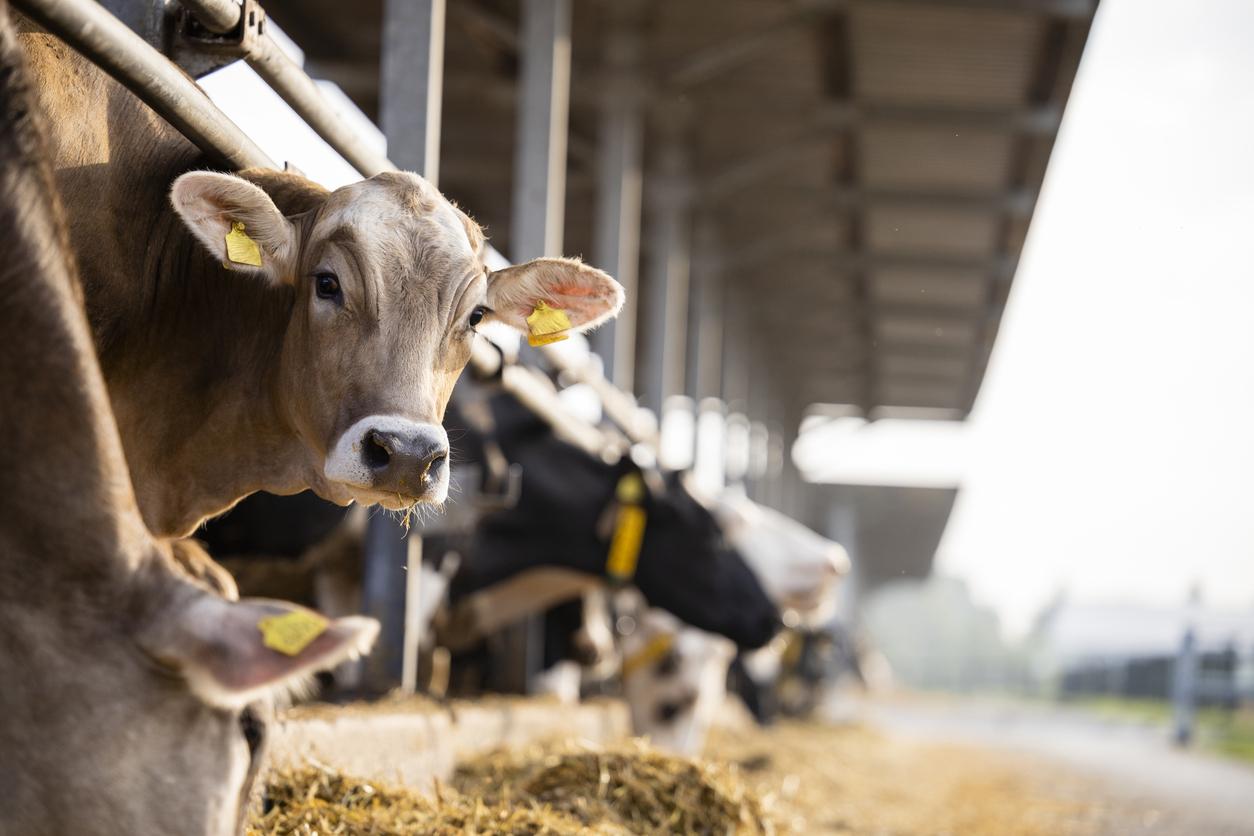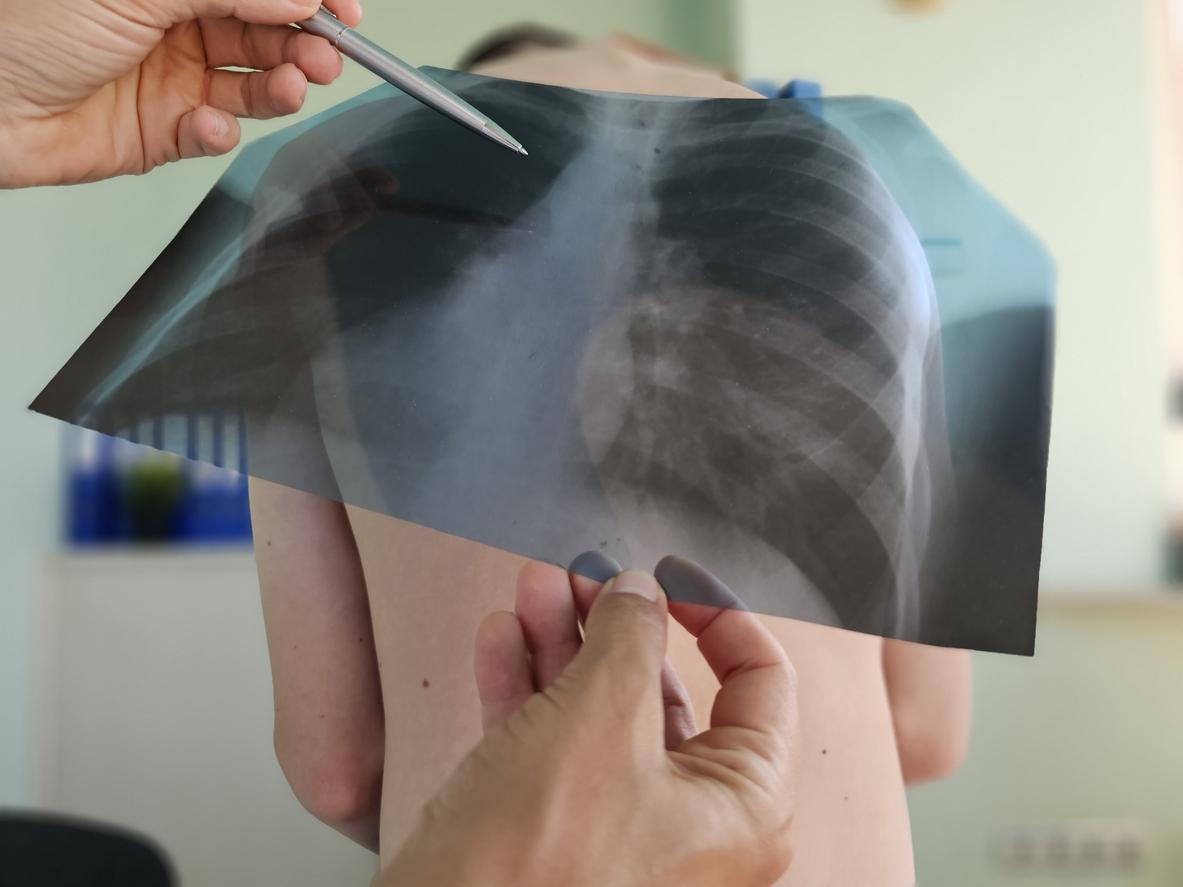In Michigan, United States, a person was infected with bird flu. This is the second case of transmission from cattle to humans in two months in the country.

- A human has been infected with bird flu in the United States.
- This is the second case of transmission between cows and humans in less than two months in the country.
- Health authorities believe the risk of spread to the general public is low.
Avian flu causes a second case in the United States. The infected person works on a farm in Michigan, where he is regularly in contact with livestock contaminated with avian flu. Last April, a person had already tested positive for the H5N1 virus in Texas: she too worked with potentially contaminated cattle.
Avian flu: eye symptoms in affected people
In these two cases, the disease manifested itself by ocular symptoms, similar to those of conjunctivitis. “While a nasal swab from the person tested negative for influenza in Michigan, an eye swab from the patient was sent to the CDC and tested positive for influenza A(H5) virus, indicating an eye infection “indicate the CDC, Centers for Disease Control, the health surveillance organization in the United States, in a communicated. According to Michigan Department of Health and Human Services (MDHHS)the person has since recovered from the infection.
How is the H5N1 virus transmitted between humans and cattle?
Last March, the first cases of cattle infected with the virus were reported in the country. “Although it is not known exactly how eye infections result from exposure to avian flu, it may involve contamination of the eye, potentially through a splash of contaminated liquid, or contact with something contaminated with the A(H5N1) virus, like a hand”suppose the American health authorities.
Should we fear a bird flu epidemic?
According to the CDC, additional cases may be detected in the future, ““taking into account the high levels of A(H5N1) virus in raw milk from infected cows and the extent of spread of this virus in dairy cows”. However, these organizations believe that the risk of spread is “weak” for the general public. On May 1, the World Health Organization published a communicated reassuring about the risks for the general population: the overall risk to public health posed by the H5N1 virus is “weak”. “Virus fragments found in pasteurized milk are not infectious”, indicates the document. Thus, milk marketed in stores is considered “on”because pasteurization kills the virus.

Avian flu: what precautions should you take?
The CDC and WHO issue recommendations for populations in contact with these animals. “People should avoid close, prolonged, or unprotected exposure to sick or dead animals, including wild birds, poultry, other domesticated birds, and other wild or domesticated animals (including cows).”, alert the CDC. Unprotected contact with animal bedding, unpasteurized raw milk or materials touched by cows or birds should also be avoided. “Following these recommendations is essential to reducing an individual’s risk and containing the overall public health risk“, recalls the press release.

















